The administration says the fund has $4.65 billion available for households, which is not enough to cover the full November benefits, expected to cost upwards of $9 billion.
The administration indicated it will not tap other funds to fill the gap, meaning the more than 40 million people enrolled in the Supplemental Nutrition Assistance Program (SNAP) are set to receive reduced benefits.
The USDA also didn’t release the funds before the Nov. 1 deadline, meaning benefits for millions of people are already delayed. State agencies were awaiting instructions from the government on Monday about how to calculate the partial benefit, leading to even more delays.
USDA in a court filing warned it could take weeks or even months for states to make all the system changes necessary to send out reduced benefits.
California Attorney General Rob Bonta (D) said in a statement Monday the move to partially fund SNAP “is an important development, but the reality is that SNAP benefits won’t become immediately available to recipients. This lag is problematic and the result of President Trump’s failure to follow the law until ordered to do so.”
Several states had rushed to cobble together contingency plans for when SNAP benefits were expected to expire. Many used their own emergency funds, while some received donations from billionaires like Mark Cuban. New York Gov. Kathy Hochul (D) made it clear that no states could continue SNAP benefits on their own.
A few states had no plans finalized by the end of last week, including Oklahoma and Mississippi, with Gov. Tate Reeves (R-Miss.) saying, “there is sadly no simple way for state government to just step in and pay the hundreds of millions of dollars in harm that this shutdown by the Washington Democrats is causing.”



